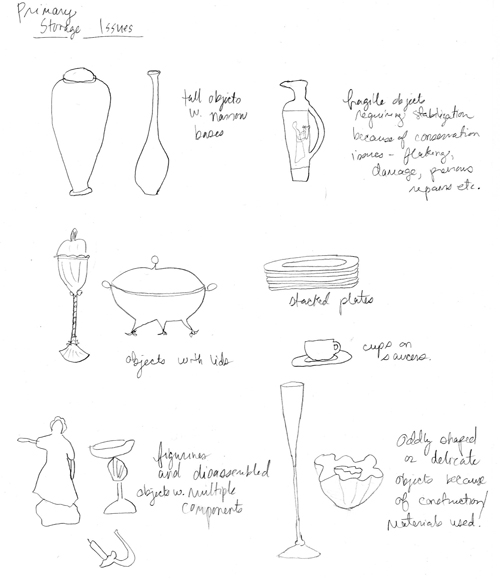Cooper Hewitt’s permanent collection includes more than 210,000 objects, which together span thirty centuries and reflect cultures from around the world. The Conservation Department’s main responsibility is the care and technical study of these pieces, to ensure their preservation for today and into the future.
A Smithsonian celebration of Earth Day will focus attention on effective solutions for saving the planet.
A critical element of the Cooper-Hewitt, National Design Museum’s Re:Design project is a new off-site conservation, study, and storage facility, designed to the highest preservation standards and built over the past several years. In order to maximize the space, the new storage facility is outfitted with mobile compact storage units as well as static units...
On May 14, 2009, Cooper-Hewitt opens Design for a Living World, an exhibition developed by The Nature Conservancy, one of the world’s leading conservation organizations. As part of our partnership with TNC, Cooper-Hewitt met the challenge of publishing a companion book that would emphasize the exhibition’s principal themes: sustainable design and materials, and responsible conservation...
Cooper-Hewitt invites you to submit ideas for our fourth Triennial exhibition, opening in 2010. We are looking for designers, firms, and projects from around the world that answer the question “Why design now?” Why is design an essential tool for solving some of today’s most urgent problems? What draws creative thinkers, makers, and problem solvers...


